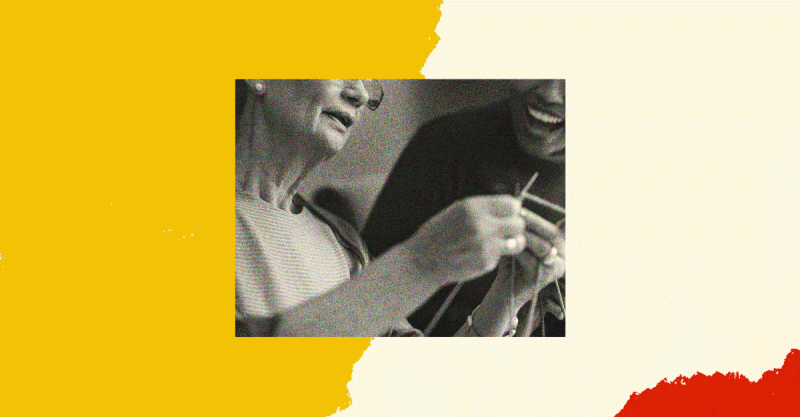
We’re living in an unprecedented era – a time of unparalleled age diversity. Yet, despite this remarkable demographic shift, our societies remain stubbornly age-segregated. We see it in our workplaces, our communities, and even in our families. Why is this the case, and what can we do to foster a more inclusive and interconnected approach to aging? The answer, it turns out, is more complex than it initially seems.
One key factor is the enduring power of societal norms and expectations. For generations, we’ve been conditioned to view aging as a process of decline, a gradual withdrawal from active participation in society. This mindset perpetuates age segregation, pushing older adults into isolated settings and limiting their opportunities to engage with younger generations. But this narrative is fundamentally flawed. Aging is not a disease; it’s a natural part of life, a journey filled with unique experiences, wisdom, and perspectives.
The benefits of intergenerational connection are numerous and well-documented. For older adults, interacting with younger people can combat loneliness, boost cognitive function, and provide a sense of purpose and belonging. Conversely, younger individuals gain invaluable mentorship, a broader perspective on life, and an appreciation for the diverse tapestry of human experience. By fostering connections between different age groups, we can create stronger, more resilient communities.
So, how do we break down these age barriers and build a more inclusive society? It starts with a shift in mindset. We need to challenge the negative stereotypes associated with aging and celebrate the richness and diversity that comes with different life stages. This requires a concerted effort from individuals, communities, and policymakers alike. We need to create more intergenerational spaces, promote age-friendly policies, and encourage meaningful interactions between people of all ages.
This isn’t just about creating a more pleasant society; it’s about recognizing the untapped potential of our age-diverse population. By embracing the wisdom and experience of older generations while nurturing the energy and innovation of younger ones, we can build a future that is both vibrant and sustainable. Let’s work together to create a world where aging is a shared journey, a celebration of life in all its stages, and not a process of isolation and segregation.










